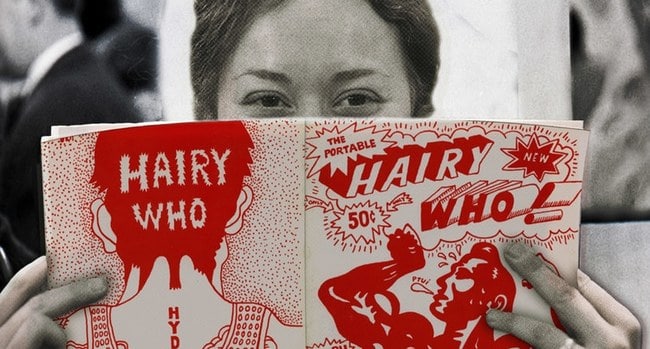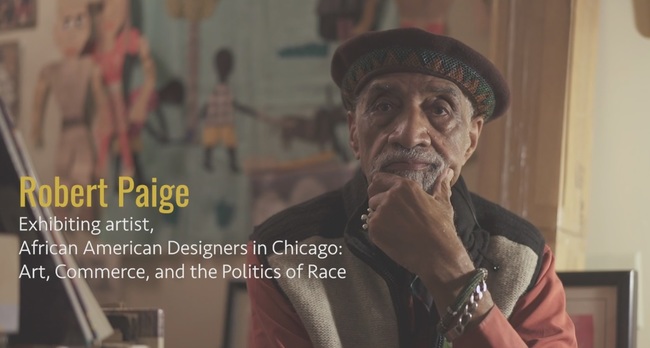Announcing Our Scholarly Symposia Series
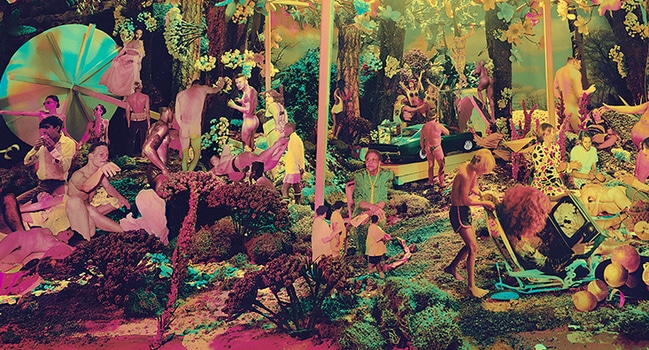
Wardell Milan, Early Spring, The Charming Evening, detail, 2014. Digital Chromogenic print; 47 13/16” x 71 15/16”. Museum of Contemporary Photography.
The Terra Foundation today announced a roster of scholarly symposia being organized as part of Art Design Chicago by partner organizations in and outside of Chicago. From October through December, these programs will feature a spectrum of voices, perspectives, and research that offer new insights on a diversity of topics—covering everything from the significance of the South Side neighborhood to Chicago’s cultural fabric and the development of Black visual and material culture nationally, to the role of African American designers in social and political movements and changes, the importance of feminist artist-run activities in Chicago from the late 19th century to the present, and much more.
Spurring new research that provides a foundation for future projects beyond 2018’s slate of activities, the symposia will contribute to American art scholarship by building understanding of Chicago’s role as a major metropolitan art center.
Below are a few highlights. View a complete list on our Academic Programs page.

Woodard’s Studio, Portrait of Chorus Line, c. 1920. Yale Collection of American Literature, Beinecke Rare Book and Manuscript Library
“Say It With Pictures” Then and Now: Chicago’s African American Photographers
October 12, 6–7 p.m., Columbia College Chicago
Free and open to the public
The Museum of Contemporary Photography (MoCP) hosts art historian Amy Mooney in conversation with the esteemed photography scholar Deborah Willis. The discussion will focus on the forgotten works of African American commercial photographers working in Chicago from the 1890s through the 1930s, with Mooney and Willis conversing on the ways photographs transformed the visual representation of black America, within the public realm of popular culture and the private space of the family album. The conversation is followed by a reception at the MoCP and an opportunity to view exhibitions including The Many Hats of Ralph Arnold: Art, Identity, & Politics and Echoes: Reframing Collage.
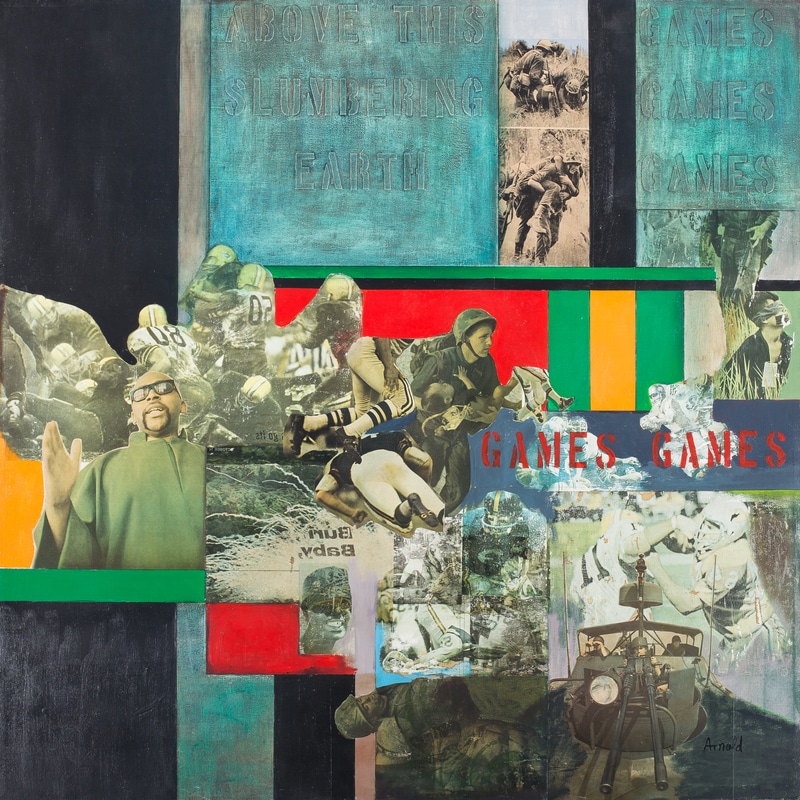
Ralph Arnold, Above this Earth Games, Games, 1968. Reproduced with permission from The Pauls Foundation.
Symposium: Unfinished Business! The South Side and Chicago Art
October 19–20, Multiple Venues
Free and open to the public
This symposium presents a series of panels and intergenerational dialogues that connect the history of the South Side to the present moment, in which the community, its arts organizations, and artists continue to play a central role in the visual culture and artistic dialogue of Chicago’s vibrant art and design community. The symposium is co-presented by the Museum of Contemporary Photography at Columbia College Chicago, which opens the exhibition The Many Hats of Ralph Arnold: Art, Identity, & Politics on October 11, and the Smart Museum of Art, University of Chicago, which is currently showing The Time Is Now! Art Worlds of Chicago’s South Side, 1960–1980. Both exhibitions are part of Art Design Chicago.
On Friday, Richard J. Powell, John Spencer Bassett Professor of Art & Art History at Duke University, begins the weekend’s activities with a keynote lecture at Columbia College. On Saturday, the symposium takes place at the Reva and David Logan Center for the Arts, followed by South Side Projections’ screening of The Cry of Jazz and Chicago Blues on Saturday night.
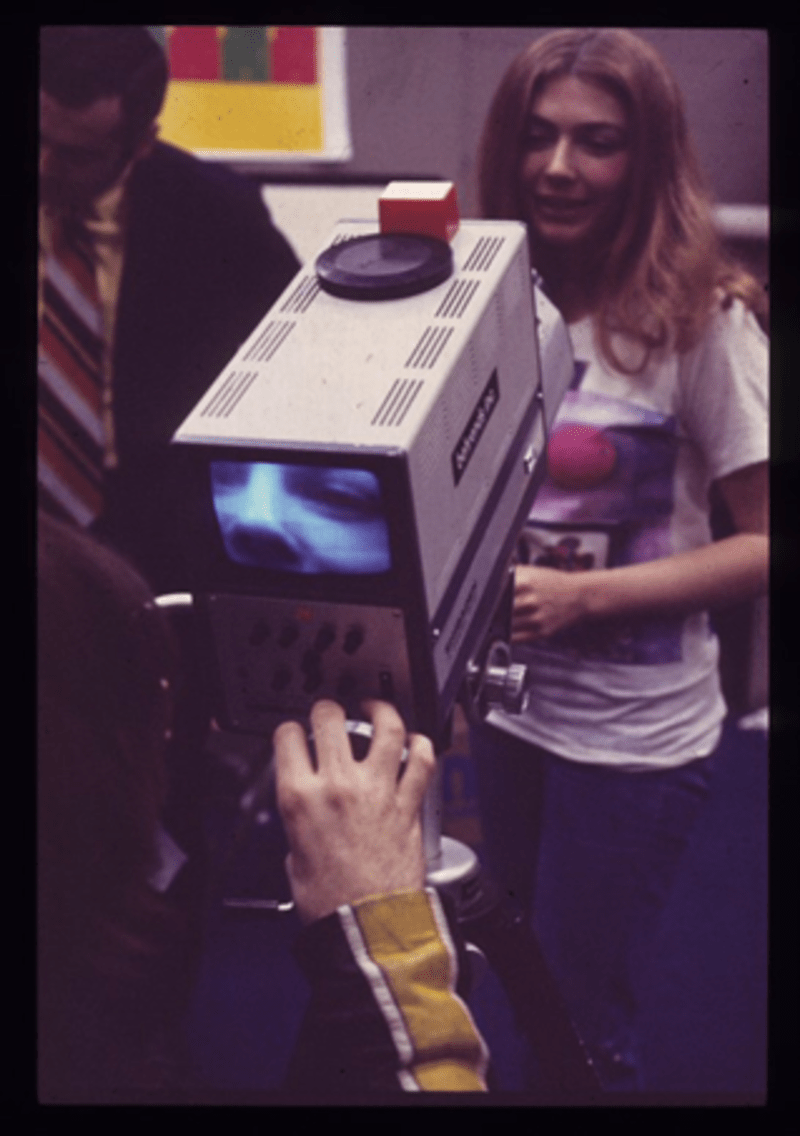
View of a Generative Systems classroom, School of the Art Institute of Chicago, c. 1976.
November 1, 2–4 p.m., Gallery 400
Free and open to the public
The Video Game Art Gallery hosts a one-day symposium, featuring artists and scholars in conversation about Chicago’s history of new media between 1950 and 2000. This event seeks to illuminate the largely untold story of Chicago's role in the history of new media. Consisting of an exhibition, public program, and scholarly catalog, the project yields a new art historical understanding of the artists and organizations that contributed to digital art and technology in the latter half of the 20th century.
Confirmed speakers include Christiane Paul, Curator of New Media Art at the Whitney Museum; Oliver Grau, founder in the field of Media Art Histories and faculty at Danube University in Austria; Ellen Sandor, artist and co-editor of Women in New Media Arts: Perspectives on Innovative Collaboration; and Dan Sandin, Professor Emeritus of the School of Art & Design at the University of Illinois at Chicago, where he co-founded and co-directed the Electronic Visualization Laboratory.

Robert Savon Pious, American Negro Exposition, 1865-1940. Poster, 55 x 35 cm (21 5/8 x 13 inches). Ryerson and Burnham Archives, The Art Institute of Chicago.
The Designs of African American Life
November 2–3, Chicago Cultural Center
Free and open to the public
Marking the opening of African American Designers in Chicago: Art, Commerce, and the Politics of Race, this symposium gathers scholars and design practitioners to address aspects of design in African American life. While the exhibition celebrates the works of Chicago-based graphic artists in fields ranging from sign-painting to doll-making, the symposium goes beyond Chicago and beyond the graphic arts in order to take stock of current work in the field and to explore new directions for research and practice. As they advance new narratives and methodologies that grasp the history of African American design, speakers illuminate critical problems at the intersection of art, politics, and everyday life.
View the full schedule.

Chicago Design: History and Narratives, Questions and Methods
November 8–10, Art Institute of Chicago
Free and open to the public
The first international scholarly conference devoted to the subject, "Chicago Design: Histories and Narratives" is convened jointly by the University of Illinois at Chicago and the School of the Art Institute of Chicago. Covering the period between the late 19th century and the end of the 20th century, this conference brings together scholars working on all aspects of the city’s design history, including the intersection of design with textiles and sculpture; important business sectors such as the furniture and printing industries as well as the numerous large-scale manufacturers and distributors of consumer goods based in the city; and established fields of design production such as graphic design, industrial design, and architecture.
View the full conference program.
